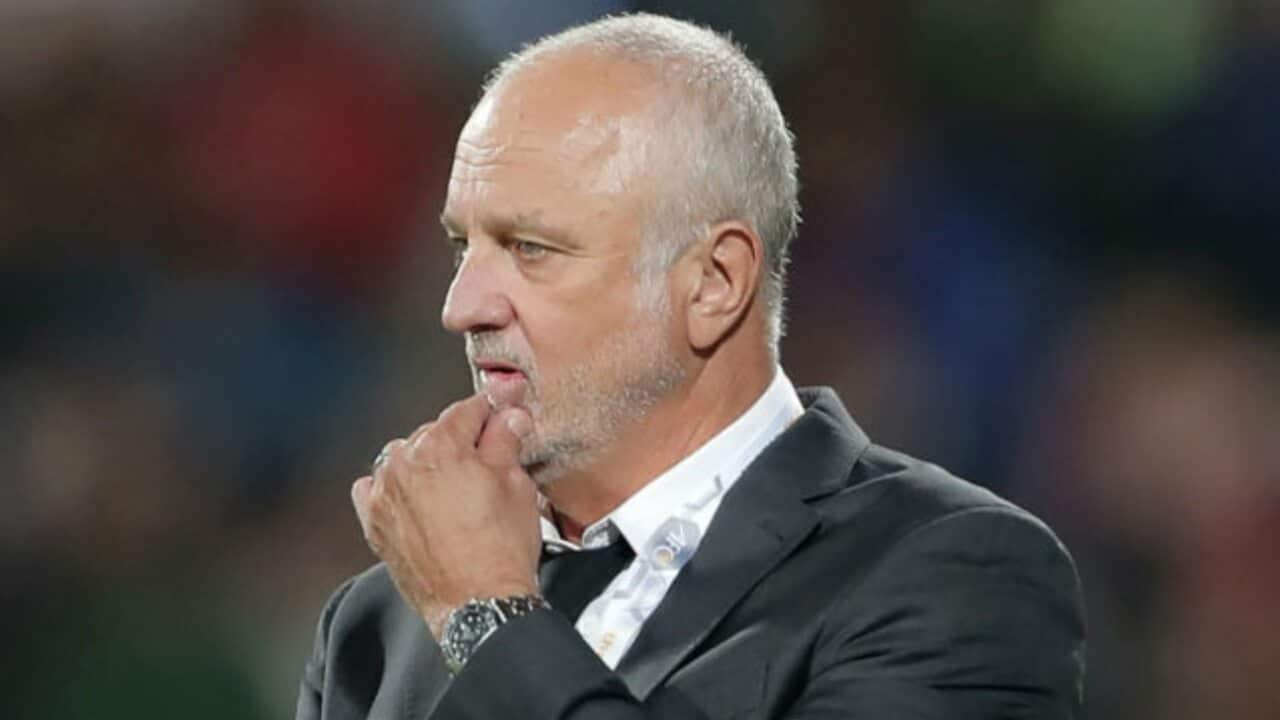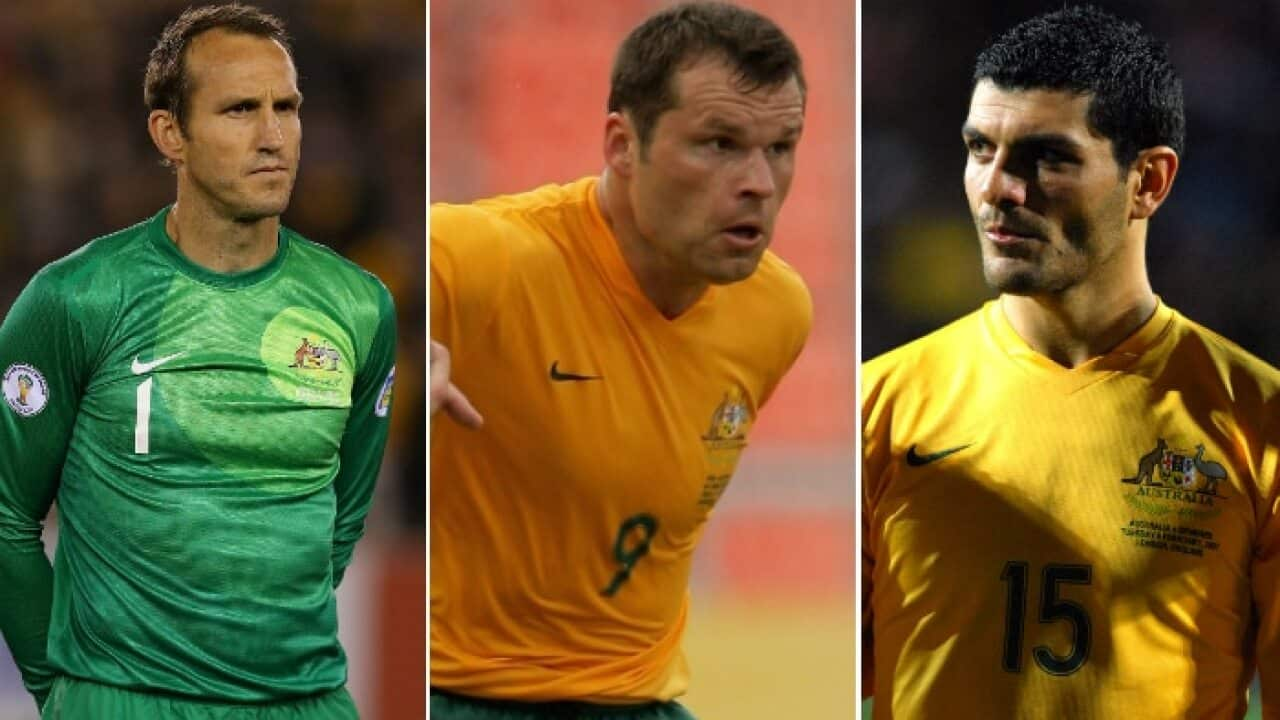Installed as a stop-gap replacement for departed technical chief Ron Sherman, FFA CEO James Johnson believes Arnold’s “know-how and expertise will challenge” him on football issues and provide fresh eyes on the vexed issue of youth development.
During the current coronavirus window, Arnold is working on formulating the protocols he believes will help reinstate Australia as a credible talent mill.
He has been in discussions with multiple stakeholders, and is in the process of drawing up a detailed document he hopes will provide a roadmap for change post-COVID-19.
“I’m looking at all the systems and structures of the past throughout the game to see how we might be able to do things differently to help kids fulfill their dreams,” Arnold told The World Game.
“There are certain things I’m focusing on - and that’s the lack of game time in the age group from 17 to 23.
“The big question is this: where and why are the kids not coming through?
“I believe it basically comes down to a lack of minutes and game time at a crucial stage of each individual’s career.
“There are eight major points I’ve identified and I’m looking to put these together for James Johnson and the technical board.
“It’s all about looking to fix the structure of the game so our young players are given an opportunity to develop at a critical age.”
Since the NSL shut down in 2003, and the genesis of the A-League in 2005, producing players of a similar ilk to those of the so-called golden generation has proved a bridge too far.
“Up to the age of 20, few players get a chance at A-League clubs and if they haven’t got a senior contract by then many head back to NPL,” Arnold said.
“We have too many players in the U-20 age range, who play maybe 10 games a year. And from the age of 20 to 23, we have a minimal number going on to play in the A-League.
“We have one professional competition with 11 teams - and we clearly need a credible second tier to broaden the spectrum.
“The danger is that if things are left the way they are, a lot of young careers are over before they’ve really got started through a lack of opportunities at a vital age of development.”
Arnold believes some valuable lessons can be learned from the past.
“During the era when we produced what we call our golden generation (the team that qualified for the 2006 FIFA World Cup), it was all about both development and of course winning,” he said.
“We’re a country that needs to focus on exporting, more than importing.
“We need to produce better footballers, who can take the first big steps of their careers here in Australia.
“That was the case back when we had our first big wave of exports ... the likes of Farina, Krncevic, Slater and Mitchell. And it was so nice the other day when Mark Viduka referred to me as a pioneer.
“Those players, and the vast majority that followed, got their football schooling here.
“We, as a football nation, have a massive role to play. With the help of every club, we want to make sure youngsters get every chance to succeed.
“Most of our successful exports didn’t go away at 17 or 18. Many left between the ages of 21 or 24.
“What we’ve got to look at is when Joeys coach Trevor Morgan takes the U-17s to the knockout stage of a World Cup, what do the kids do when they return home? And where do they play?”
The closure of the Centre of Excellence at the AIS - the finishing school for the likes of Viduka, Craig Moore and Lucas Neill - in order to save $1.6 million in 2017 was another nail in the casket of youth development.
Prior to the shutters coming down, the age groups of players selected dropped from 17 to 16, preventing that cohort of players (the likes Aaron Mooy) from attending.
Mooy went to Scotland to gain experience, whilst many of his contemporaries simply fell by the wayside, whilst simultaneously Australia’s under-age teams missed out on qualifying for a succession of major tournaments through Asia.
The advent of an 18-game NYL season in 2009 provided some respite but now it’s back to a maximum of 10 games.
“Obviously there has been a lot of good work happening in our junior pathways, but there needs to be a lot of improvement, as in anything,” Arnold said.
“We need to look at those those 17 and above and how we can help them.
“Like anything in life, practicing your trade is the main part of your development.
“We need these age of kids to be playing a lot of minutes and games. This is what I’m focusing on.
“Working the last 16 months with the Olyroos has really highlighted this.”












